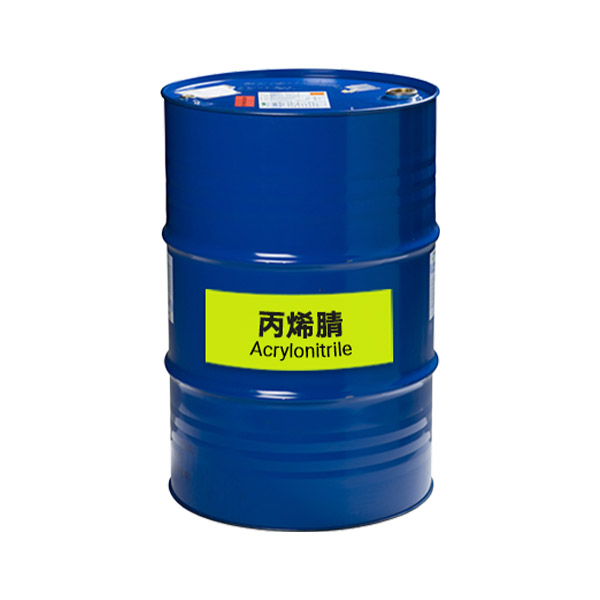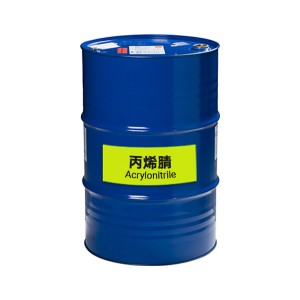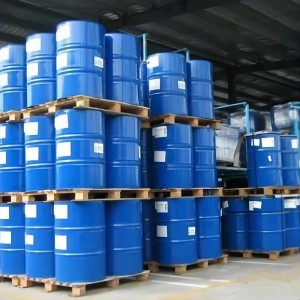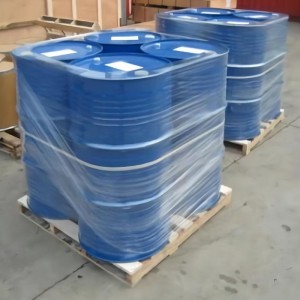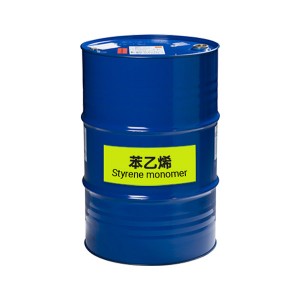
Products
Acrylonitrile for PAN
Acrylonitrile for PAN,
Acrylonitrile For Polyacrylonitrile, Acrylonitrile for polyacrylonitrile fiber,
Polyacrylonitrile (PAN) is a synthetic polymer with the linear formula (C3H3N)n. Although it is thermoplastic it does not melt under normal conditions, since it degrades before melting at above 300 °C. Almost all PAN resins are copolymers made from mixtures of monomers, with acrylonitrile as the main component. It is a versatile polymer used to produce a large variety of products, including fibers for textiles, ultra-filtration membranes, hollow fibers for reverse osmosis, etc. PAN fibers are the precursor in the production of high-quality carbon fibers.
Product Features
| Product Name | Acrylonitrile |
| Other Name | 2-Propenenitrile, Acrylonitrile |
| Molecular Formula | C3H3N |
| CAS No | 107-13-1 |
| EINECS No | 203-466-5 |
| UN NO | 1093 |
| Hs Code | 292610000 |
| Molecular weight | 53.1 g/mol |
| Density | 0.81 g/cm3 at 25℃ |
| Boiling point | 77.3℃ |
| Melting point | -82℃ |
| Vapor pressure | 100 torr at 23℃ |
| Solubility Soluble in isopropanol, ethanol, ether,acetone, and benzene Conversion factor | 1 ppm = 2.17 mg/m3 at 25 ℃ |
| Purity | 99.5% |
| Appearance | Colorless transparent liquid |
| Application | Used in the manufacture of polyacrylonitrile, nitrile rubber, dyes, synthetic resins |
Certificate of Analysis
|
Test |
Item |
Standard Result |
|
Appearance |
Colorless transparent liquid |
|
|
Color APHA Pt-Co :≤ |
5 |
5 |
|
acidity(acetic acid)mg/kg ≤ |
20 |
5 |
|
PH(5% aqueous solution ) |
6.0-8.0 |
6.8 |
|
Titration value (5% aqueous solution ) ≤ |
2 |
0.1 |
|
Water |
0.2-0.45 |
0.37 |
|
Aldehydes value(acetaldehyde)(mg/kg) ≤ |
30 |
1 |
|
Cyanogens value (HCN) ≤ |
5 |
2 |
|
Peroxide(hydrogen peroxide)(mg/kg) ≤ |
0.2 |
0.16 |
|
Fe (mg/kg) ≤ |
0.1 |
0.02 |
|
Cu (mg/kg) ≤ |
0.1 |
0.01 |
|
Acrolein (mg/kg) ≤ |
10 |
2 |
|
Acetone ≤ |
80 |
8 |
|
Acetonitrile (mg/kg) ≤ |
150 |
5 |
|
Propionitrile (mg/kg) ≤ |
100 |
2 |
|
Oxazole (mg/kg) ≤ |
200 |
7 |
|
Methylacrylonitrile (mg/kg) ≤ |
300 |
62 |
|
Acrylonitrile Content(mg/kg) ≥ |
99.5 |
99.7 |
|
Boiling range (at 0.10133MPa),℃ |
74.5-79.0 |
75.8-77.1 |
|
Polymerization inhibitor (mg/kg) |
35-45 |
38 |
|
Conclusion |
The results conform with enterprise stand |
|
Package and Delivery
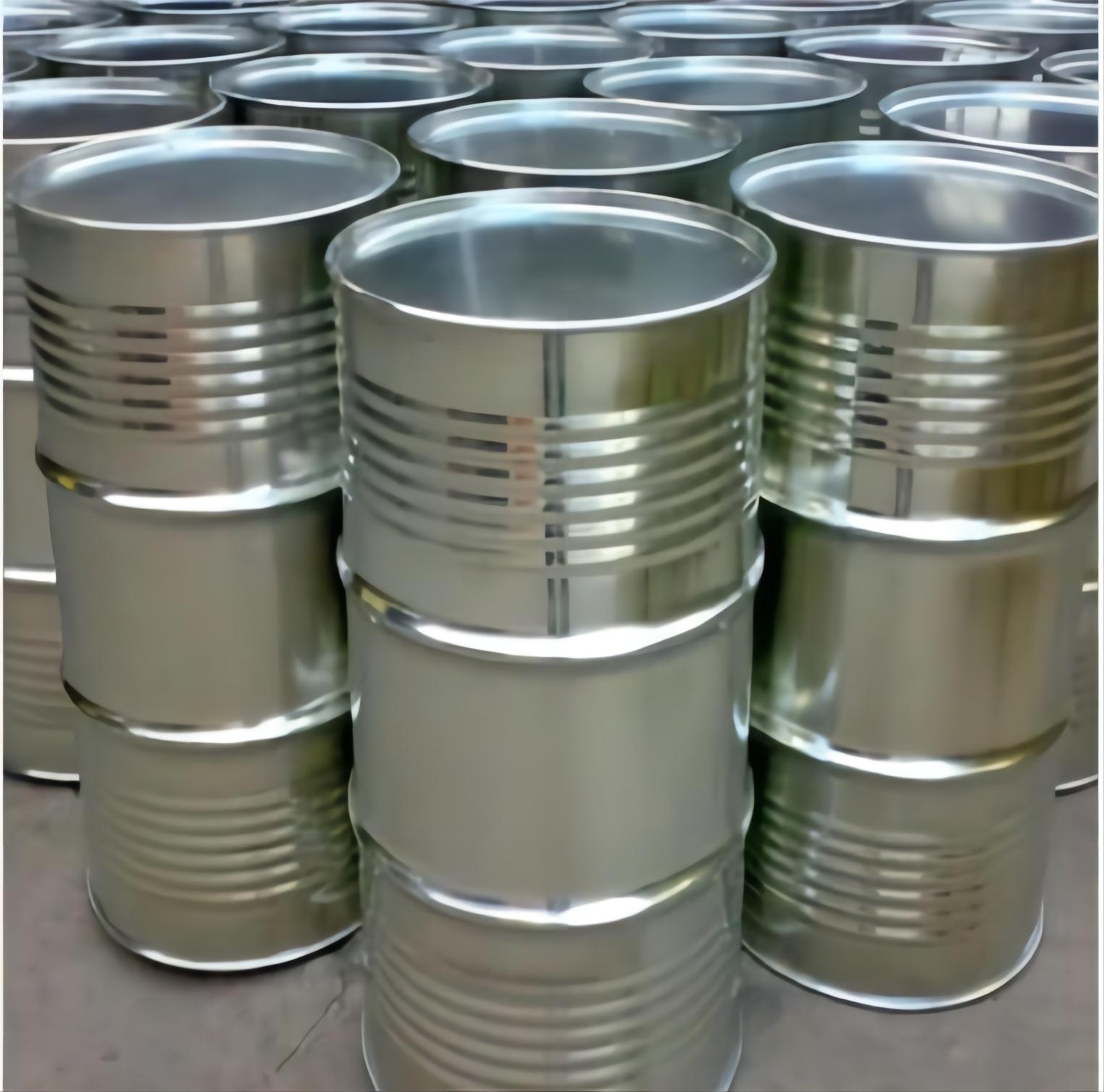
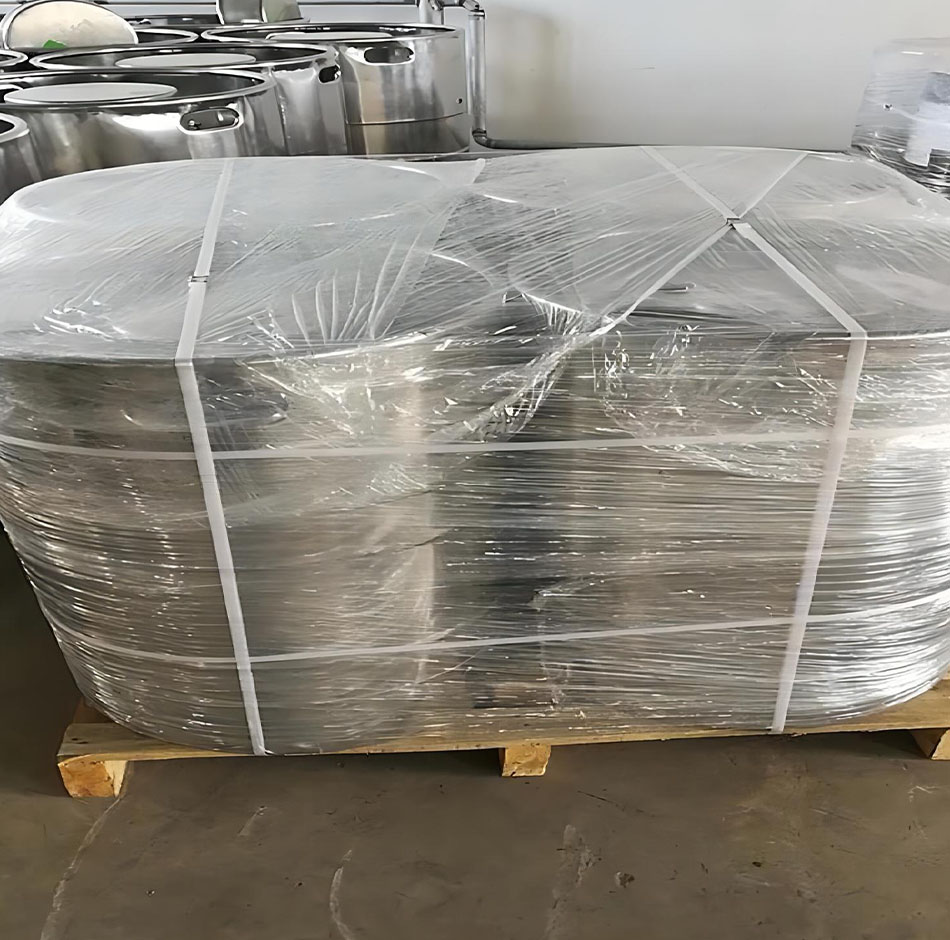
Product Application
Acrylonitrile is produced commercially by propylene ammoxidation, in which propylene,ammonia, and air are reacted by catalyst in a fluidized bed. Acrylonitrile is used primarily as a co-monomer in the production of acrylic and modacrylic fibers. Uses include the production of plastics, surface coatings, nitrile elastomers, barrier resins, and adhesives. It is also a chemical intermediate in the synthesis of various antioxidants, pharmaceuticals, dyes, and surface-active.
1. Acrylonitrile made of polyacrylonitrile fiber, namely acrylic fiber.
2. Acrylonitrile and butadiene can be copolymerized to produce nitrile rubber.
3. Acrylonitrile, butadiene, styrene copolymerized to prepare ABS resin.
4. Acrylonitrile hydrolysis can produce acrylamide, acrylic acid and its esters.

